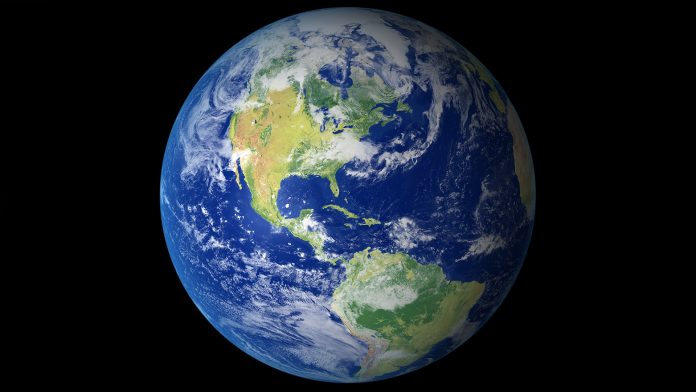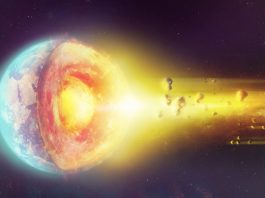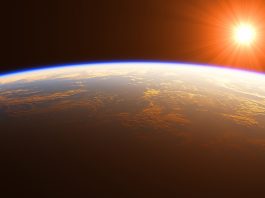Researchers have explored the Earths biosphere, UV radiation and Co2 levels using a climate model to analyse the Earth’s planetary habitability as life evolved.
During long durations of the past 2.4 billion years, researchers have discovered that the Earth may have been more inhospitable to life than scientists previously thought, according to new computer simulations.
Climate model analysis
UV radiation is emitted by the sun and can damage and destroy biologically important molecules such as proteins. Using a state-of-the-art climate model, researchers now believe the level of ultraviolet (UV) radiation reaching the Earth’s surface could have been underestimated, with UV levels being up to ten times higher. This highlights the more hostile conditions on Earth that were present during early life evolution.
The past 2.4 billion years is an important chapter in the development of the biosphere. Oxygen levels rose from almost zero to significant amounts in the atmosphere, with concentrations fluctuating and eventually reaching modern day concentrations approximately 400 million years ago.
During this time, more complex multicellular organisms and animals began to colonise on land. Gregory Cooke, a PhD researcher at the University of Leeds, and leader of the study, said that the findings raise new questions about the evolutionary impact of UV radiation as many forms of life are known to be negatively affected by intense doses of UV radiation.
UV radiation impact
“We know that UV radiation can have disastrous effects if life is exposed to too much,” explained Cooke. “For example, it can cause skin cancer in humans. Some organisms have effective defence mechanisms, and many can repair some of the damage UV radiation causes. Whilst elevated amounts of UV radiation would not prevent life’s emergence or evolution, it could have acted as a selection pressure, with organisms better able to cope with greater amounts of UV radiation receiving an advantage.”
The amount of UV radiation reaching the Earth is limited by the ozone in the atmosphere. This is described by the researchers as being one of the most important molecules for life, due to its role in absorbing UV radiation as it passes into the Earth’s atmosphere.
Ozone forms as a result of sunlight and chemical reactions, and its concentration is dependent on the level of oxygen present in the atmosphere. For the last 40 years, scientists have believed that the ozone layer was able to shield life from harmful UV radiation when the level of oxygen in the atmosphere reached about 1%, which is relative to the present atmospheric level. However, the researcher’s new modelling challenges that assumption.
Study results of conditions on earth as life evolved
It suggests that the level of oxygen required could have been much higher, up to about 10% higher than current atmospheric levels. As a result, there were periods when UV radiation levels at the Earth’s surface were much greater, and this could have been the case for most of the Earth’s history, highlighting again the hostile conditions present on Earth.
“If our modelling is indicative of atmospheric scenarios during Earth’s oxygenated history, then for over a billion years the Earth could have been bathed in UV radiation that was much more intense than previously believed,” explained Cooke. “This may have had fascinating consequences for life’s evolution. It is not precisely known when animals emerged, or what conditions they encountered in the oceans or on land. However, depending on oxygen concentrations, animals and plants could have faced much harsher conditions than today’s world. We hope that the full evolutionary impact of our results can be explored in the future.”
The findings can also result in new predictions for exoplanet atmospheres. Exoplanets are planets that orbit other stars. The presence of certain gases, including oxygen and ozone, may indicate the possibility of extra-terrestrial life, and the results of this study will aid in the scientific understanding of surface conditions on other worlds.









